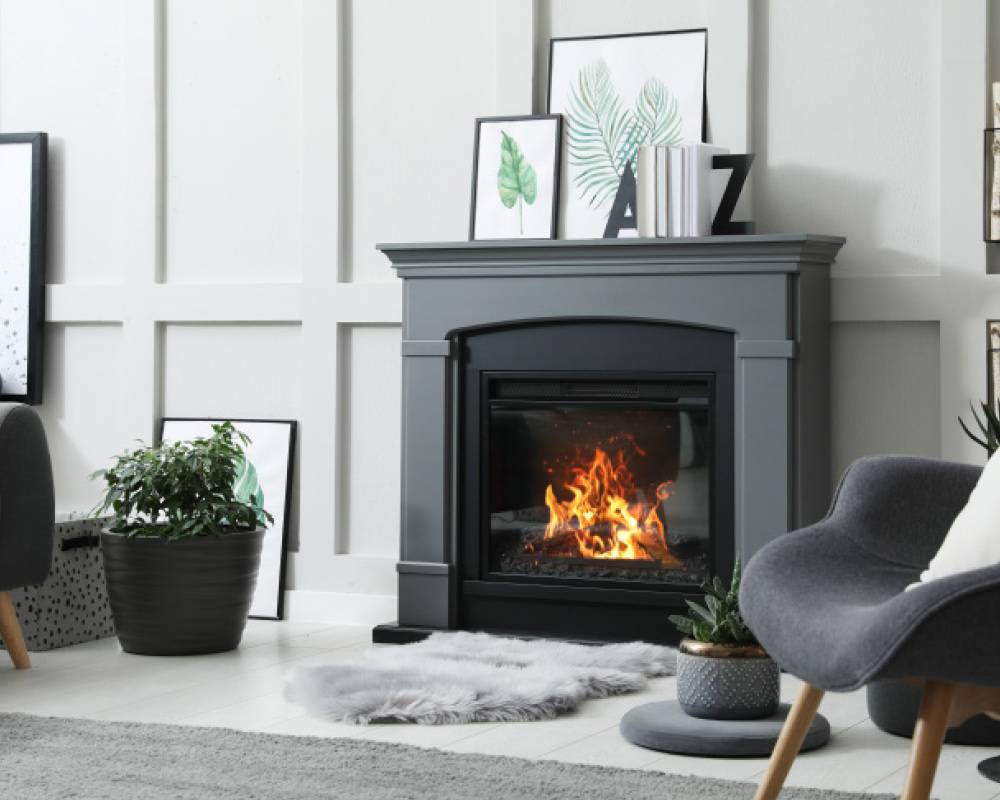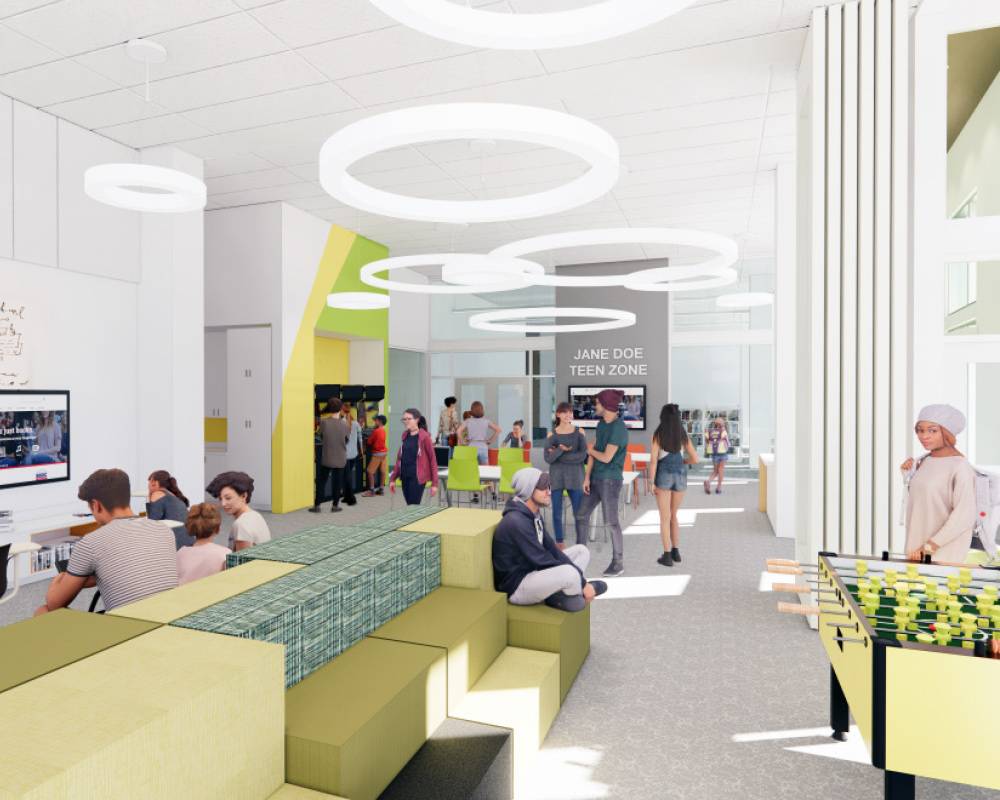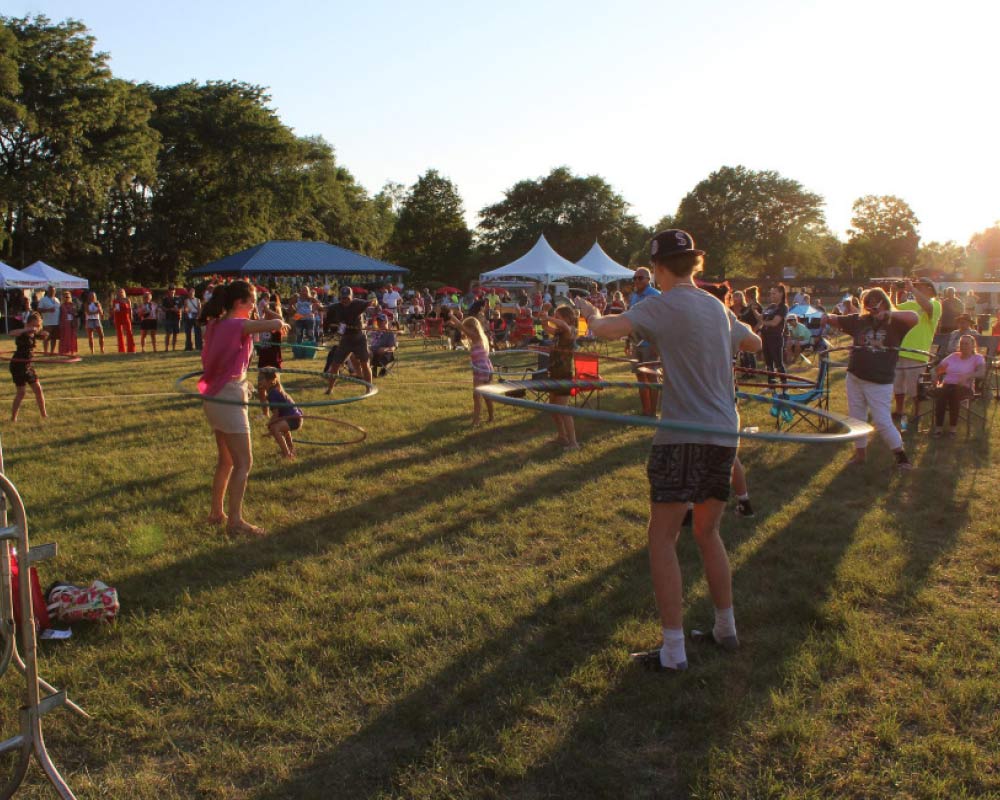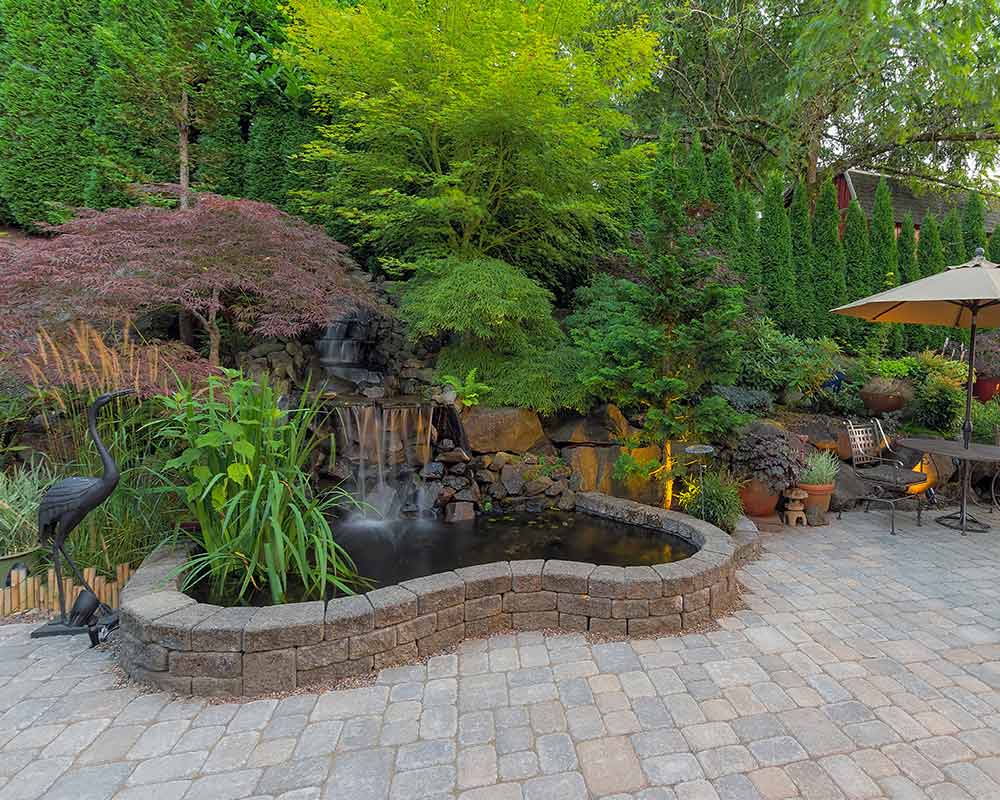Some of the fireplaces Brad Vander Heyden installed in Rockford-area homes 15 or 20 years ago were pretty similar to the ones installed 50 or more years before then.
“These Victorian homes that we still work on, fireplaces were made as a heat source, and fireplaces and chimneys would go through the middle of the home and would radiate into the rooms,” says Vander Heyden, who opened Rockford’s Advanced Chimney Systems, 3486 Lonergan Dr., in 1984. “The openings to the fireplaces were much smaller, so they did not suck out as much hot air from the home.”
The concept of central heating didn’t exist until the 1920s and ’30s, he says. But when it arrived, fireplace usage shifted.
“Fireplace openings got bigger as fireplaces became more decorative,” he says. “Fireplaces became less efficient and more decorative.”
Today, the tides have changed once again. People want a fireplace that’s more than show. They want function.
“A lot of people will recognize their fireplace does not add much heat into their home,” Vander Heyden says. “They’re coming in and asking for options: ‘How can I make my fireplace more efficient?’”
Even if homeowners are burning propane or natural gas, they want some kind of return on that heat source, rather than watching as their fireplace sucks 300 to 400 cubic feet of hot air out of a home, Vander Heyden says.
Direct-vent fireplaces are becoming a prime alternative these days, in part because they don’t steal heat when they’re not in operation. Their updated design also does a much better job of warming a room when they are working.
“Gas direct-vent options are very energy efficient, very easy to use,” Vander Heyden says. “The gas inserts have fans to blow heat into the room. You push a button, it’s on; push a button, it’s off.”
Some newer models even include Bluetooth technology that allows homeowners to sync their fireplace to their phone, giving them the option of turning it on and off remotely.
“It’s amazing to see the transformation of fireplaces over 150 years,” Vander Heyden says. “It’s completely different.” ▮
Heat Your Space with a Modern Fireplace
















